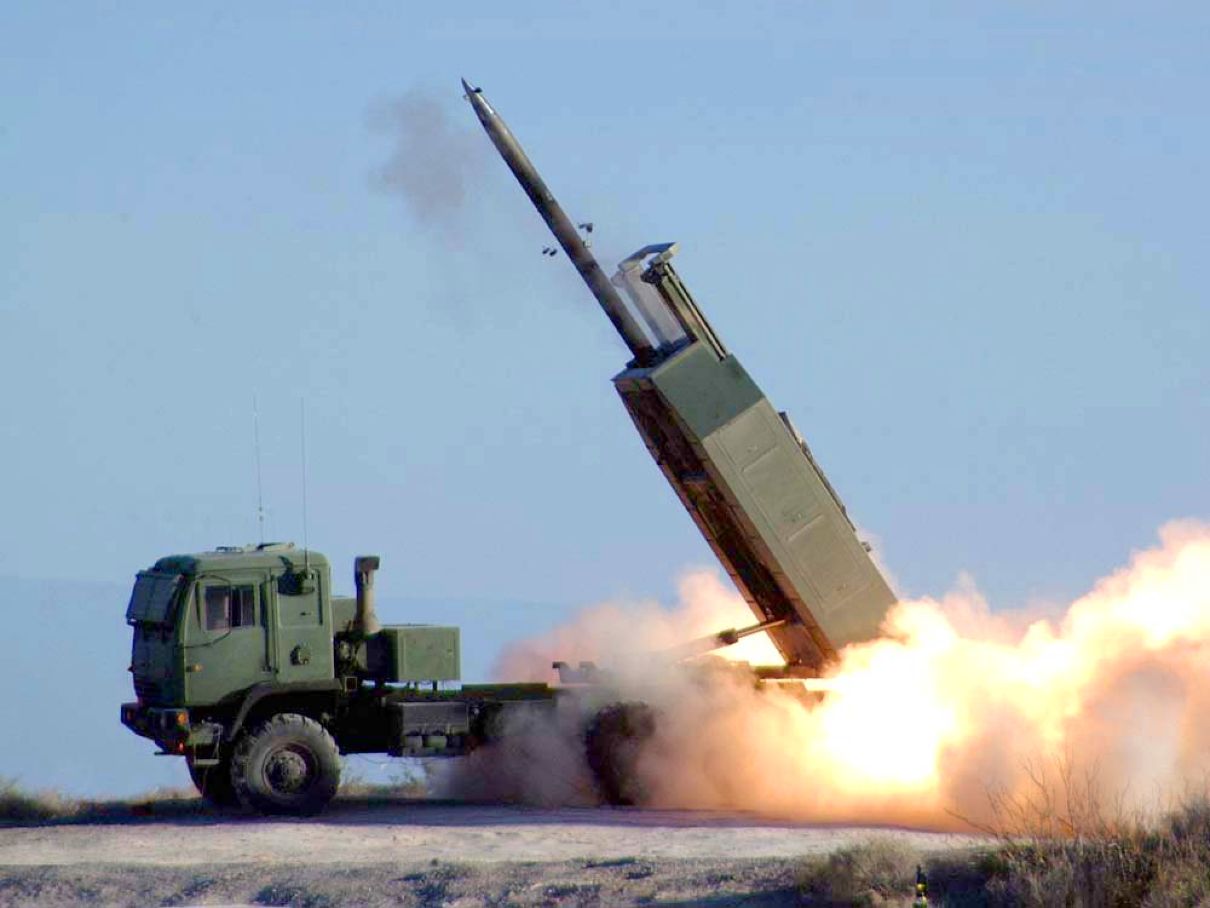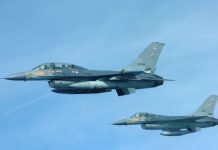Defense and Security Cooperation Agency recently announced that the US State Department had authorized the sale of eight HIMARS multiple-launch rocket systems to Lithuania for a fixed price of $495 million (about 493 million Euros).
“The State Department has decided to approve a possible Foreign Military Sale to the Government of Lithuania of M142 HIMARS launchers and related equipment for an estimated cost of 495 million US dollars. The Defense Security Cooperation Agency delivered the required certification notifying Congress of this possible sale today,” the agency said in a press release.
The agency stated that the planned sale would assist Lithuania in achieving its military objectives of modernizing its military while boosting interoperability with the United States and other partners and helping prevent regional threats.
Lithuania is one of the many East European states that have ramped up their military purchase in the wake of Russia’s invasion of Ukraine. In late September, the Lithuanian government allocated additional funds for the Baltic State’s defense.
At the time, the Lithuanian Ministry of National Defense announced that agreements to purchase “HIMARS missile systems” were among the important deals the country intended to sign this year.
Lithuania is one of the nations in the region that plans to purchase Lockheed Martin’s weapon to improve their rocket artillery capabilities. Ukraine is also using US-supplied weaponry to counter Russian aggression.

The popularity of HIMARS has surged after its game-changing performance against the Russian troops. Lithuanian Defense Minister Arvydas Anusauskas said the country has never had such systems.
It is also pertinent to note that Lithuania’s anxiety about security stems from the fact that it shares a land border with Russia and is a key NATO ally.
“This capability in the Lithuanian Armed Forces will require to pursue an even higher level of intelligence, electronic combat, and other capabilities. Missiles of several types will be delivered, including operational-tactical missiles ATACMS with a range of up to 300 kilometers,” he wrote in a Facebook post.
The U.S. State Department ?? has approved the sale of M142 High Mobility Artillery Rocket System (HIMARS) and related equipment to Lithuania ?? for an estimated $495 million. Thank you ??! #StrongerTogether pic.twitter.com/ljAMpFsaHI
— Arvydas Anušauskas (@a_anusauskas) November 10, 2022
The successful deployment and operation of HIMARS in Ukraine have caused a domino effect in the region. Before Lithuania, neighboring Latvia requested to purchase an unspecified number of M142 HIMARS launchers.
Not just that, in a surprise move, Poland announced in May that it had begun the process of acquiring 500 units of HIMARS. Meanwhile, Estonia ordered six systems in July for $500 million.
In the face of rising demand in Ukraine and across Europe, the manufacturer of HIMARS, Lockheed Martin, announced last month that it was ramping up production of the system. The company is prepared to increase HIMARS manufacturing from its present level of 60 launchers per year to 96 launchers yearly, said CEO Jim Taiclet.
HIMARS Changed The Fate Of Ukraine’s Military Ops
The HIMARS MLRS enabled Ukraine to quickly launch precise strikes at standoff distances without the requirement for air power, making up for the country’s undersized air force.
By using the long-range HIMARS rockets, Ukrainian forces have thus been able to decimate hundreds of Russian positions and ammo storage facilities far from the frontlines. The system has undoubtedly made the Russian battlefield commanders nervous, who have voiced their concerns on multiple occasions.
In his first interview after taking over as commander not too long ago, General Sergei Surovikin of Russia acknowledged that the Ukrainian counteroffensive in the southern province of Kherson had put the Russian army in a “difficult” situation. The Ukrainian offensive, majorly led by the HIMARS, pounded Russian positions and made the latter retreat.

A lighter version of the bulkier, armored M270 Multiple Launch Rocket System, the HIMARS, is designed to be deployed atop a truck. While Ukraine’s vehicles are equipped with a Guided Multiple Launch Rocket System pod that can fire six GPS-guided rockets out to 50 miles, HIMARS is also capable of firing the Army Tactical Missile System, which has a significant long range.
HIMARS is remarkably accurate when used against stationary targets with precise coordinates. However, it is ineffective against moving objects such as troops; therefore, it cannot halt an advance.
However, according to some reports, the Ukrainian forces have started deploying these systems against moving convoys, albeit in a limited fashion.
Since the beginning of the full-scale invasion, Ukraine has not lost a single HIMARS, but russia has lost its humanity and dignity. Not to mention hundreds of thousands of tons of ammunition and thousands of soldiers whom they sent to certain death. pic.twitter.com/VXNFxJQYJD
— Defense of Ukraine (@DefenceU) November 6, 2022
While Russia claims to have destroyed several of these American-made systems, a senior Defense Department official recently told Politico that Russia has failed to destroy a single HIMARS launcher since Ukraine first began using them in June.
In contrast, Ukraine has employed the HIMARS to obliterate several critical Russian infrastructures, including bridges that cut at the heart of Russian logistics.
- Contact the author at sakshi.tiwari9555(at)gmail.com
- Follow EurAsian Times on Google News




